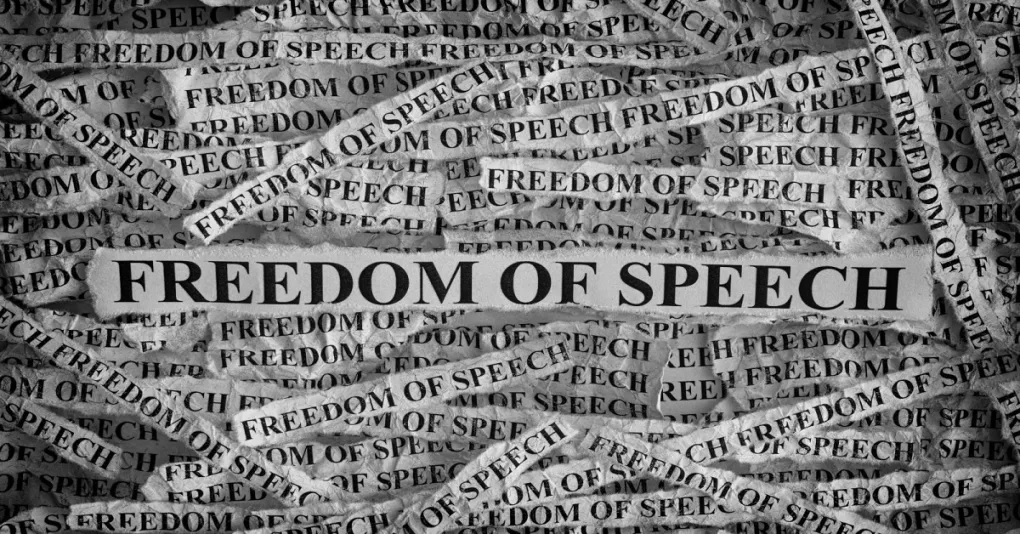1. “Discuss the constitutional validity of criminal defamation in light of Article 19(1)(a) of the Constitution. Critically analyse recent judicial observations on the need to decriminalise defamation, with reference to misuse by private individuals and political parties.
| Syllabus: General Studies – II: Indian Constitution—Historical Underpinnings, Evolution, Features, Amendments, Significant Provisions and Basic Structure. |
Defamation in India can be pursued under both civil law and criminal law. While the Supreme Court in Subramanian Swamy v. Union of India (2016) upheld the constitutional validity of criminal defamation, recent judicial remarks, including those by Justice M.M. Sundresh (2025), have reignited debate on whether its criminalisation is compatible with freedom of speech under Article 19(1)(a).
Constitutional Position
- Article 19(1)(a): Guarantees freedom of speech and expression.
- Article 19(2): Permits “reasonable restrictions” in the interests of sovereignty, public order, decency, morality, or defamation.
- Subramanian Swamy (2016): Court held reputation is part of Article 21 (right to life), hence criminal defamation is a reasonable restriction on free speech.
Arguments for Retaining Criminal Defamation
- Right to Reputation: Reputation is intrinsic to dignity under Article 21.
- Public Order Concerns: Malicious defamatory statements may disturb peace or incite violence.
- Deterrence: Criminal penalties discourage reckless or malicious speech.
- Access to Justice: Not all individuals can afford lengthy civil litigation.
Arguments for Decriminalisation
- Chilling Effect: Threat of criminal prosecution discourages legitimate criticism, undermining democracy.
- Misuse for Vendetta: Increasingly invoked by political parties and private individuals to stifle dissent and harass opponents (e.g., repeated summons against Rahul Gandhi, Shashi Tharoor).
- Disproportionate Penalty: Imprisonment up to 2 years for a private harm is excessive and not aligned with modern democratic norms.
- Alternative Remedies: Civil defamation offers adequate redress without criminal sanctions.
- Judicial Observations: SC remarks such as “do not be so touchy” highlight that courts are not fora for settling political scores.
Comparative Perspective
- Many democracies (e.g., UK, USA) have moved away from criminal defamation, retaining only civil remedies.
- International bodies like the UN Human Rights Committee recommend decriminalisation to protect free expression.
Recent Developments
- Justice M.M. Sundresh (2025) called for reconsideration of criminal defamation’s relevance.
- In Imran Pratapgarhi case (2025), SC clarified that “strong-minded” standards should guide assessment of defamatory remarks, not the hypersensitivity of individuals.
Way Forward
- Decriminalisation: Shift towards civil remedies while protecting reputation.
- Guidelines: Frame clear standards to prevent frivolous defamation cases.
- Political Reform: Prevent misuse of law for silencing criticism.
- Balance: Uphold both free speech and right to reputation in a proportionate manner.
While the Supreme Court in 2016 upheld criminal defamation as a “reasonable restriction”, contemporary misuse and evolving democratic standards warrant re-examination. Decriminalisation, coupled with strengthened civil remedies, may provide a more balanced framework between the right to free speech under Article 19(1)(a) and the right to reputation under Article 21.
| PYQ REFERENCE [2013] Q. Discuss Section 66A of IT Act, with reference to its alleged violation of Article 19 of the Constitution. [10 Marks] |
2.“Despite significant counter-insurgency successes, Left-Wing Extremism (LWE) remains a persistent internal security challenge in India. Discuss the recent trends in Naxal violence and evaluate the effectiveness of government strategies in addressing both the security and developmental dimensions of the issue.”
| Syllabus: General Studies – III:Role of External State and Non-state Actors in creating challenges to Internal Security. |
Left-Wing Extremism (LWE) has long threatened India’s internal security. While recent security operations in Chhattisgarh’s Abujhmad forest eliminated senior Maoist leaders, the persistence of LWE highlights the need for a balanced approach of security and development.
Challenges
- Security Challenges: Difficult terrain, IED ambushes, porous inter-State boundaries.
- Socio-Economic Gaps: Land alienation, displacement due to mining projects, poor forest rights implementation.
- Governance Deficit: Weak grievance redressal, corruption, inadequate delivery of welfare schemes.
- Ideological Appeal: Maoist propaganda exploiting tribal grievances and state excesses.
- Coordination Issues: Centre–State friction, overlapping jurisdiction of forces.
Government Measures
- Security: Operation SAMADHAN, Greyhounds & CoBRA units, fortified police stations, UAV surveillance.
- Development: Road Requirement Plan (RRP), mobile connectivity, Eklavya Model Residential Schools, skill development initiatives.
- Rehabilitation: Surrender and rehabilitation policies, livelihood training, financial incentives.
- Institutional: National Policy & Action Plan (2015), Unified Command in affected States.
Way Forward
- Strengthen intelligence-led operations with minimal collateral damage.
- Ensure speedy FRA (Forest Rights Act) implementation and land reforms.
- Focus on inclusive development—health, education, PDS, and jobs for tribals.
- Promote community policing and build trust with local populations.
- Enhance Centre–State and inter-State coordination against Maoist mobility.
India has made major gains against LWE, reducing its footprint and leadership. However, only a balanced approach of security firmness and developmental justice can ensure long-term peace in affected regions.
| PYQ REFERENCE [2020] Q. What are the sound determinants of left-wing extremism in Eastern part of India? What strategy should the Government of India, civil administration and security forces adopt to counter the threat in the affected areas? (10 marks) |

